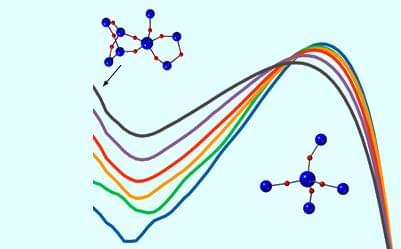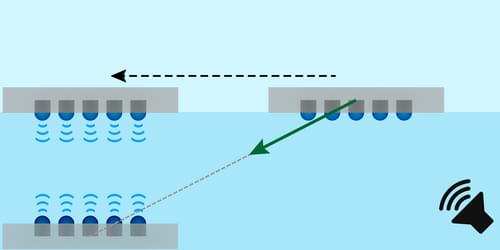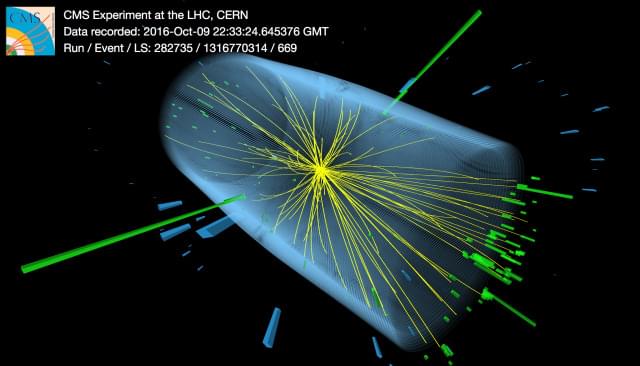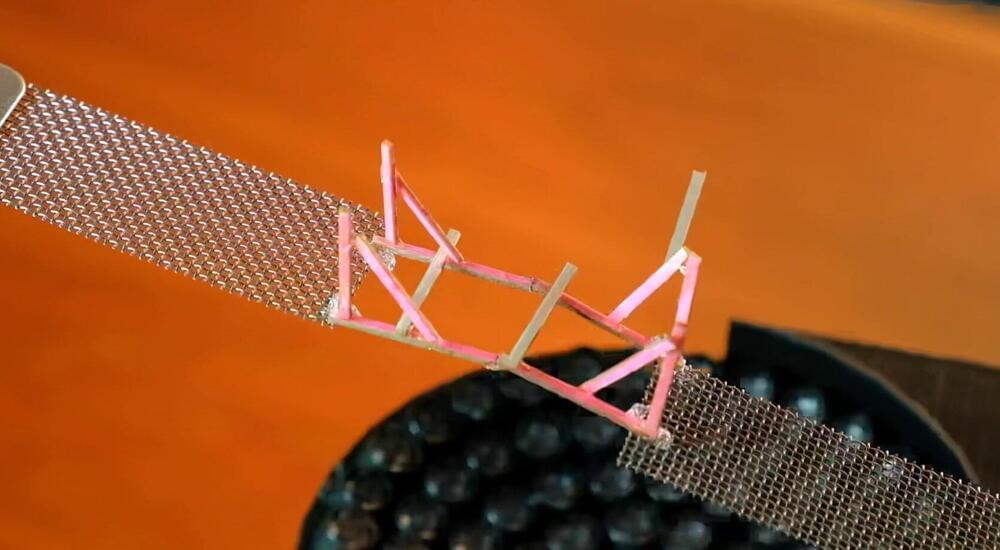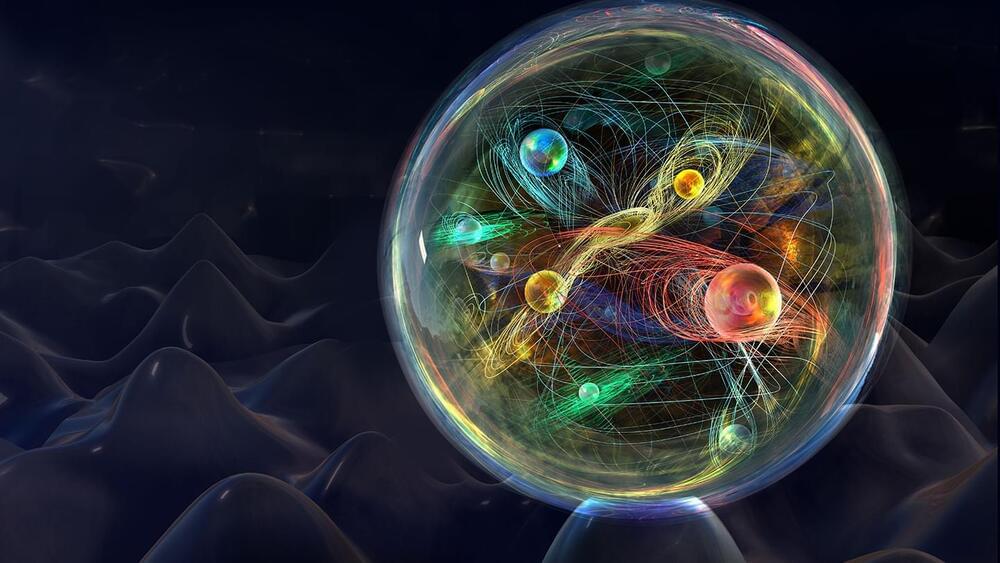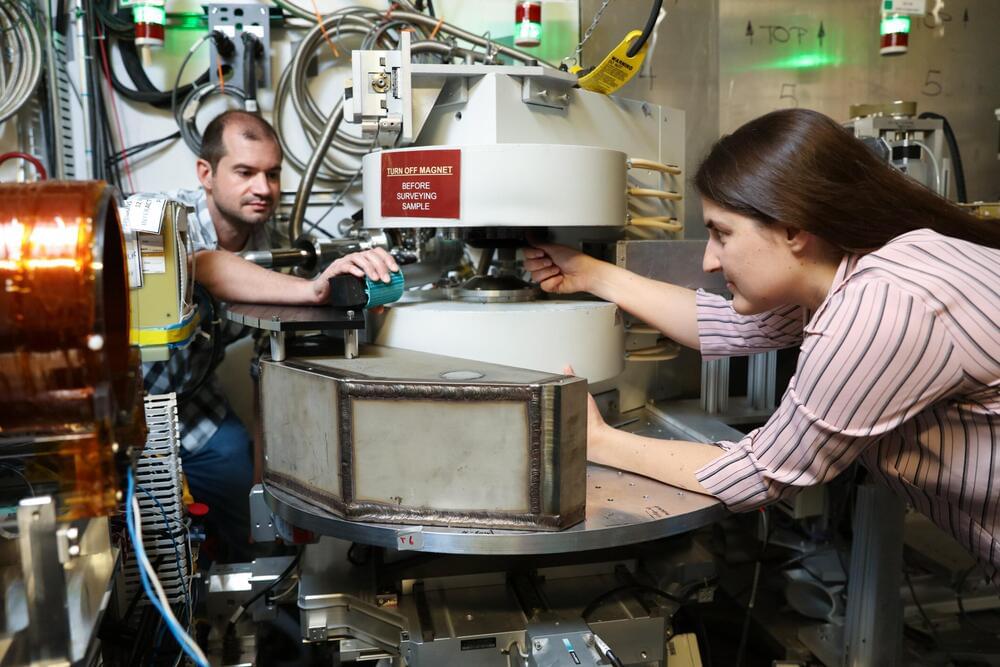
A lab in Tennesee that does research in neutron, nuclear and clean energy had to debunk the myth that they were somehow attempting to open portals to other dimensions. Though if I ever learned anything from popular science fiction, if a research lab says they aren’t opening portals to parallel universes, my instinct tells me that they are totally opening portals to other dimensions. So you can imagine why folks would be skeptical.
Research scientist Leah Broussard explains in the video above that the experiments they are doing at the Oak Ridge National Laboratory (which is managed by the US Department of Energy) aren’t exactly about building portals to other dimensions. Instead, they involved “looking for new ways that matter we know and understand, that makes up our universe, might interact with the dark matter that makes up the majority of our universe, which we don’t understand.”
Broussard also explains when a particle physicist says portal, they mean it in a figurative sense. All this talk of parallel universes came when her research was released and people started making connections to the Netflix show, Stranger Things. A show that, coincidentally, features kids stumbling across a shady government agency opening portals to other dimensions full of monsters, in the ’80s.



